Talk Overview
In this series of lectures, Dr. Robert Singer explains how it is possible to follow a single mRNA molecule from its birth to its death. Singer begins by explaining that cell cultures are heterogeneous and analyzing single cells provides spatial and temporal information not available from bulk analysis. He outlines how his lab developed techniques such as fluorescence in situ hybridization (FISH) that have allowed them to measure gene expression in single cells. Using these techniques, they discovered that some RNAs localize to specific areas in the cell and RNA localization is linked to its regulation and function. For example, ß-actin mRNA localization to the leading edge of fibroblasts aids in cell motility. Singer’s lab identified “zip code” regions in mRNAs that are responsible for regulating mRNA localization.
To understand the relationship between RNA localization and translation, it is necessary to visualize the movement of the RNA in real time. In his second lecture, Singer explains how his lab found an ingenious way to label RNAs in live cells and follow their movement. In the nucleus, RNA moves by diffusion and stochastically finds a nuclear pore to exit. In the cytoplasm, however, it is a different story. RNA, in a translationally repressed state, undergoes directed movement along the cytoskeleton. Once it reaches its destination, translation is activated. Singer’s lab showed that neuronal stimulation leads to ß-actin mRNA localization to dendritic spines, followed by translation, and stabilization of the synapse; events that are crucial for memory and learning.
In his last lecture, Singer continues the story of the life and death of RNA. His lab has developed several more fluorescence microscopy techniques that let them study, in real time, the translation and degradation of mRNA. These techniques allow them to track when and where translation begins, how quickly a ribosome binds to a mRNA once it has reached its destination, how long the ribosome stays bound and how rapidly it adds amino acids to a growing protein chain. In addition, these techniques can be used to unveil the dynamics of RNA degradation. In an interesting twist, it turns out that for mRNAs that must be degraded during the cell cycle, their fate is decided at the time of their birth.
Speaker Bio
Robert Singer

Robert Singer is a professor at The Albert Einstein College of Medicine in the Departments of Anatomy and Structural Biology, Cell Biology, and Neuroscience, and co-director of the Gruss Lipper Biophotonics Center. He is also a Senior Fellow at the Janelia Research Campus of the Howard Hughes Medical Institute. Singer’s career has focused on the… Continue Reading
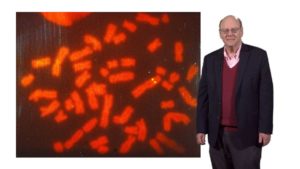
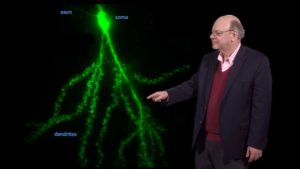
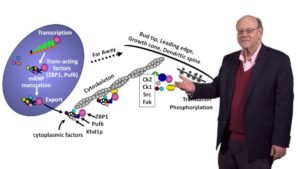

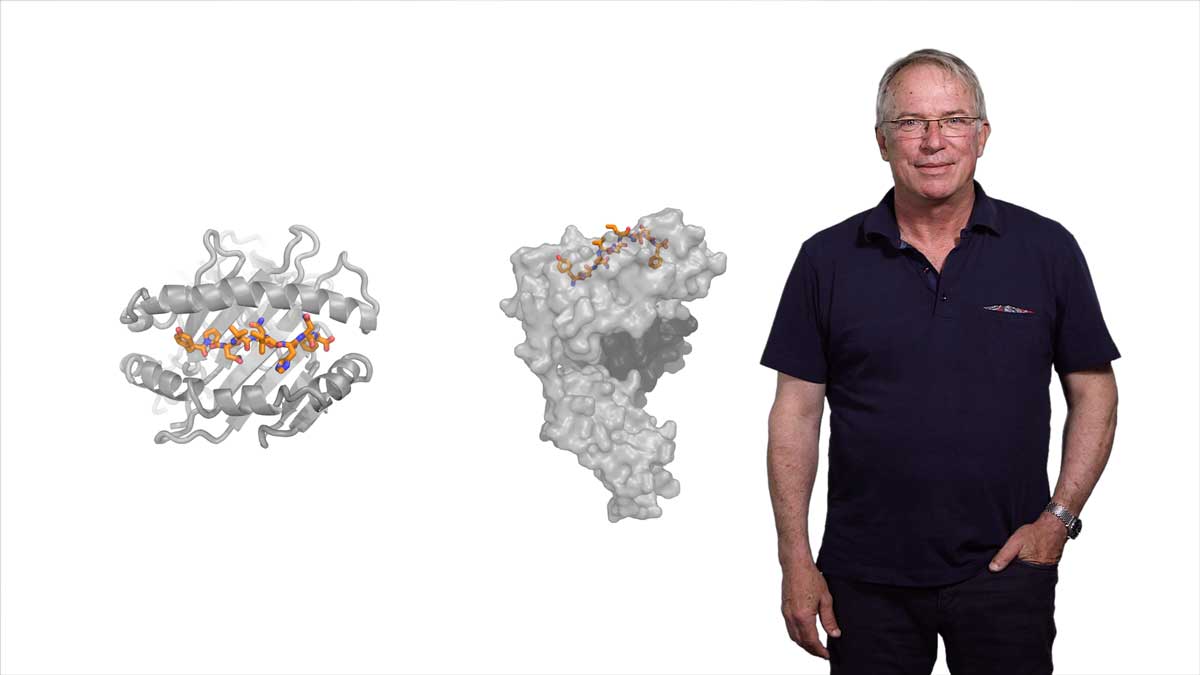
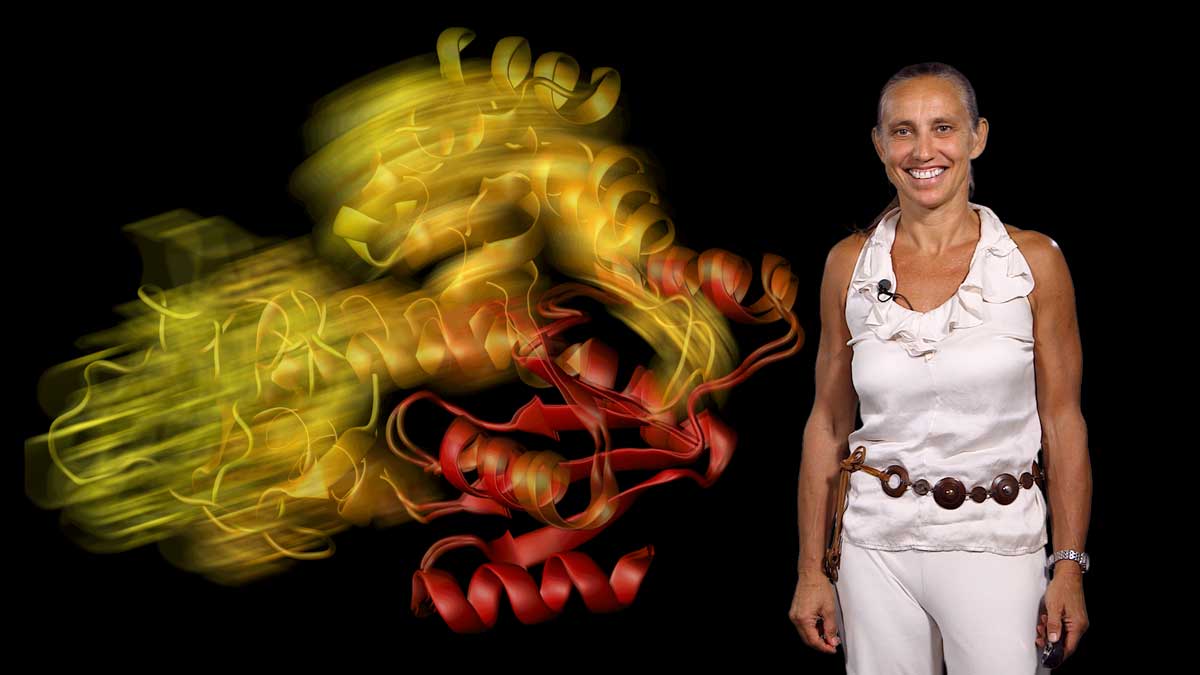
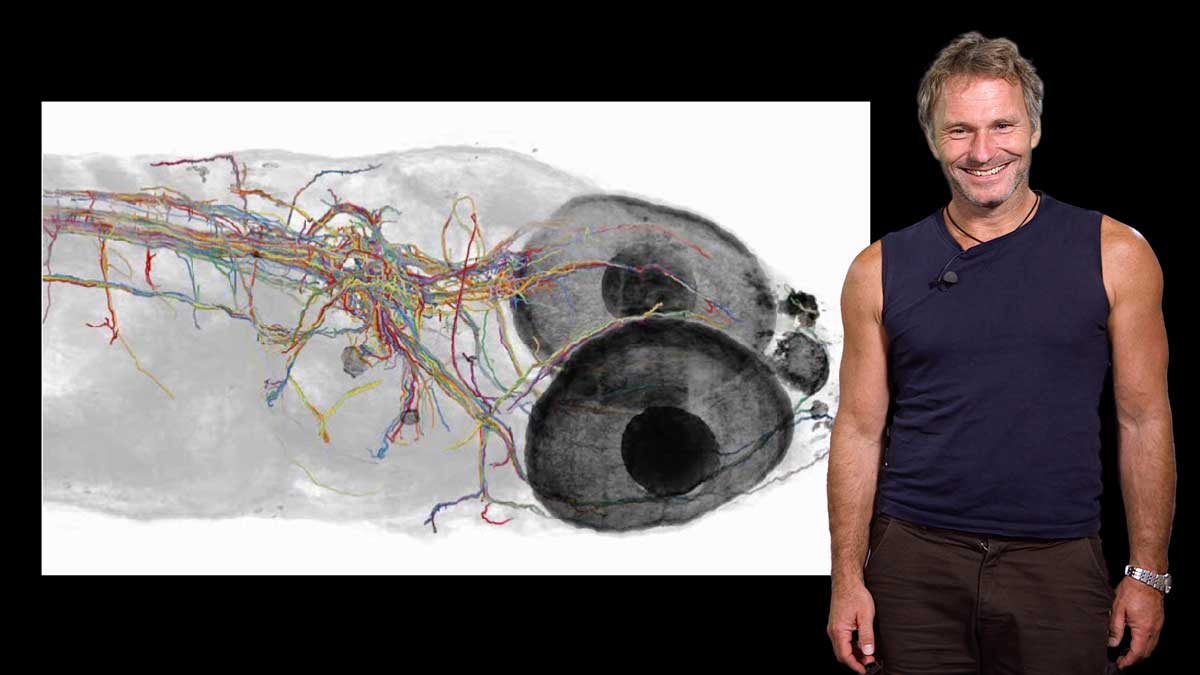





Leave a Reply